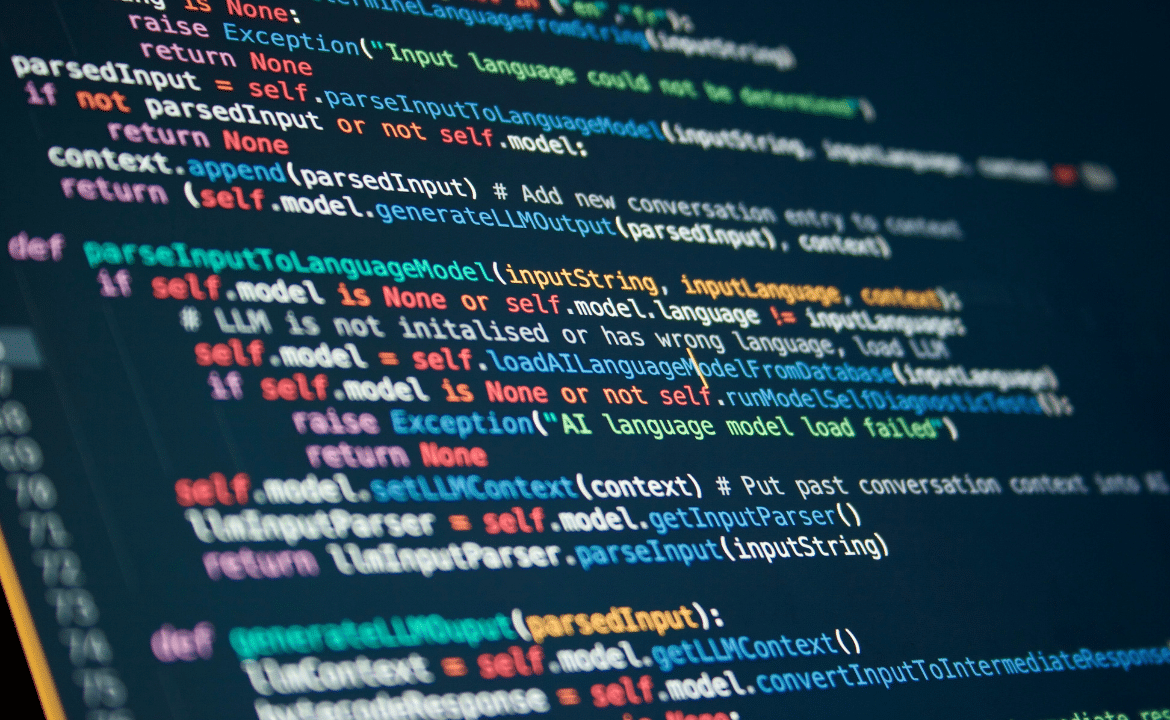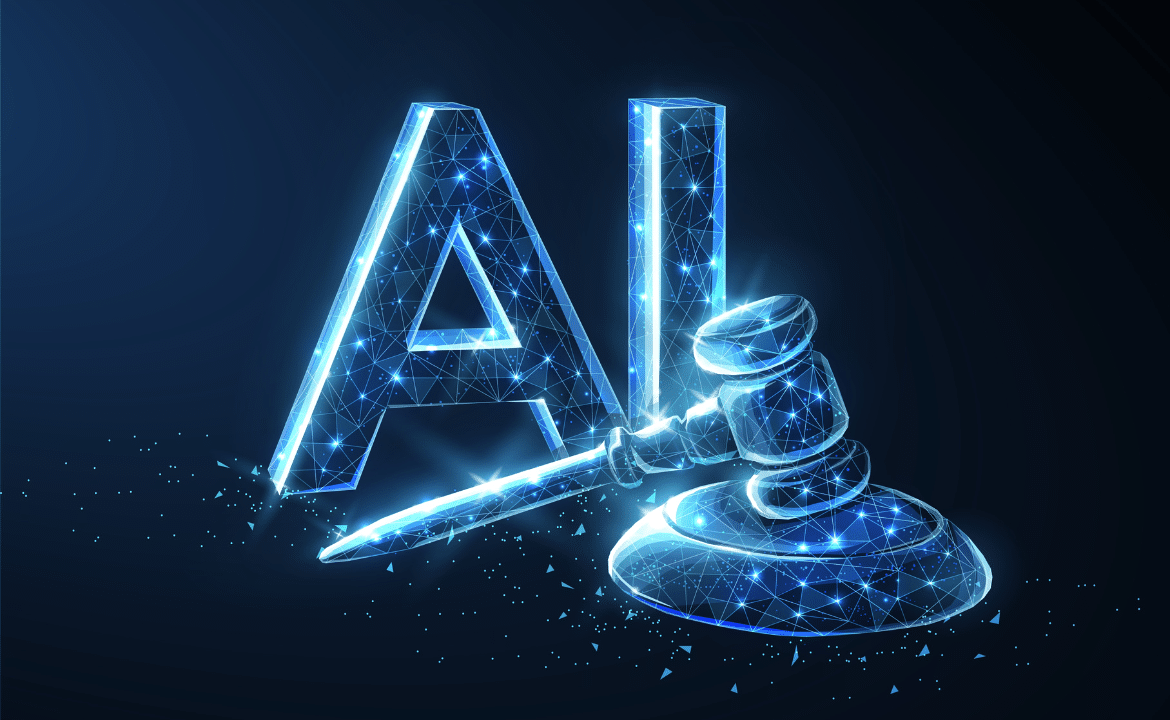Forrester predicts that by 2028, TuringBots could cut software development timelines by as much as 50%.
The fields of AI and software development continue to evolve at a rapid pace, and a new player has emerged on the scene that promises to transform the way we create, manage, and maintain software: TuringBots. Named after the legendary computer scientist Alan Turing, these advanced AI-driven tools are reshaping the software development lifecycle (SDLC) in profound ways.
What Are TuringBots?
TuringBots are AI-powered systems designed to assist and automate various stages of the software development process. Unlike traditional coding assistants or AI tools that focus on specific tasks, TuringBots have the potential to handle a wide range of functions across the entire SDLC. From generating code snippets and debugging to performing complex testing and even suggesting architectural improvements, TuringBots offer a comprehensive suite of capabilities that can significantly accelerate development cycles and improve software quality.
Accelerating the software development lifecycle
One of the most significant ways TuringBots are changing software development is by drastically reducing the time required to complete projects. Forrester predicts that by 2028, TuringBots could cut software development timelines by as much as 50%. This acceleration is achieved through several key mechanisms:
- Automated Code Generation: TuringBots can generate high-quality code based on natural language descriptions, user stories, or even abstract business requirements. This capability allows developers to focus on higher-level design and architecture, leaving the more mundane coding tasks to the AI.
- Intelligent Debugging and Testing: Debugging is one of the most time-consuming aspects of software development. TuringBots can automatically detect bugs, suggest fixes, and even run simulations to test the effectiveness of these solutions. Furthermore, they can create and execute comprehensive test suites, identifying edge cases that might otherwise be missed by human testers.
- Continuous Learning and Improvement: TuringBots leverage machine learning algorithms that continuously improve as they are exposed to more data and scenarios. This means that over time, the AI becomes more adept at understanding an organisation’s specific coding practices, architectural preferences, and business goals, leading to increasingly effective recommendations and interventions.
Enhancing collaboration across teams
TuringBots are not just about speed and efficiency; they also have the potential to improve collaboration across development, data, and AI teams. By serving as a common toolset that all teams can use, TuringBots help break down silos and foster a more integrated approach to software development.
- Unified Communication: TuringBots can translate complex technical requirements into language that is understandable by non-technical stakeholders, facilitating better communication between developers, data scientists, and business leaders.
- Cross-Disciplinary Collaboration: With TuringBots handling much of the heavy lifting in terms of code generation and testing, teams can spend more time working together on strategic initiatives. For instance, data scientists can collaborate more closely with developers to ensure that AI models are seamlessly integrated into software products.
- Knowledge Sharing: TuringBots can serve as repositories of best practices, coding standards, and architectural guidelines. As they interact with different teams, they can help ensure that knowledge is shared across the organisation, leading to more consistent and high-quality software outputs.
Challenges and considerations
While the potential benefits of TuringBots are immense, it’s important for enterprise leaders to approach this technology with a strategic mindset. There are several challenges to consider:
- Data Privacy and Security: As TuringBots become more integrated into the development process, they will have access to vast amounts of sensitive data. Ensuring that these AI systems adhere to strict data privacy and security standards is paramount.
- Ethical Implications: The automation of software development tasks raises questions about the future role of human developers. Organisations must consider the ethical implications of widespread automation and strive to create strategies that balance AI-driven efficiency with human expertise.
- Organisational Readiness: Implementing TuringBots requires a certain level of AI maturity within the organisation. Leaders must assess whether their teams have the skills and infrastructure needed to fully leverage these tools.
Conclusion
TuringBots represent a major leap forward in the evolution of software development. By automating routine tasks, accelerating development cycles, and enhancing collaboration across teams, these AI-driven systems are set to revolutionise the way enterprise organisations build and maintain software. However, as with any transformative technology, success will depend on careful planning, ethical considerations, and a commitment to continuous learning and adaptation. For Chief Data Officers, Chief AI Officers, and Heads of Engineering, the rise of TuringBots presents both an exciting opportunity and a strategic challenge that will shape the future of software development.




